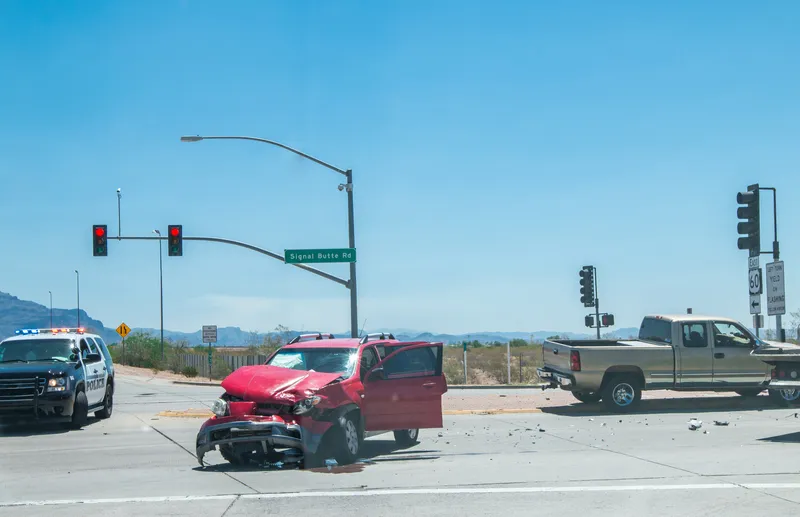The US Department of Transportation and the National Highway Traffic Safety Administration (NHTSA) have released new federal guidance for Automated Driving Systems (ADS): A Vision for Safety 2.0.
The new Voluntary Guidance focuses on levels 3, 4 and 5 automated driving systems (ADS). It clarifies the guidance process and says that companies do not need to wait to test or deploy their ADS and revises what it says are unnecessary design elements from the safety self-assessment. The guidance also aligns federal guidance with the latest developments and industry terminology and clarifies state and federal roles going forward.
According to US Transportation Secretary Elaine L. Chao, the new Guidance supports further development of this important new technology, which she says has the potential to change the way we travel and how we deliver goods and services. “The safe deployment of automated vehicle technologies means we can look forward to a future with fewer traffic fatalities and increased mobility for all Americans,” she continued.
However, John M. Simpson, US Consumer Watchdog’s privacy project director, says, “This isn’t a vision for safety. It’s a roadmap that allows manufacturers to do whatever they want, wherever and whenever they want, turning our roads into private laboratories for robot cars with no regard for our safety.”
He pointed out that the guidance omits Level 2 technology where only some driving technology is automated. “This is a serious short-coming and ignores the fact that Level 2 technology, like Tesla’s Autopilot, has killed people,” said Simpson. “How the human driver monitors and interacts with Level 2 technologies is potentially life threatening and requires Federal Motor Vehicle Safety Standards.”
USDOT emphasises that the guidance is flexible and will be amended as automated technologies advance.
US DOT releases new automated driving systems guidance
The US Department of Transportation and the National Highway Traffic Safety Administration (NHTSA) have released new federal guidance for Automated Driving Systems (ADS): A Vision for Safety 2.0. The new Voluntary Guidance focuses on levels 3, 4 and 5 automated driving systems (ADS).
September 14, 2017
Read time: 2 mins









